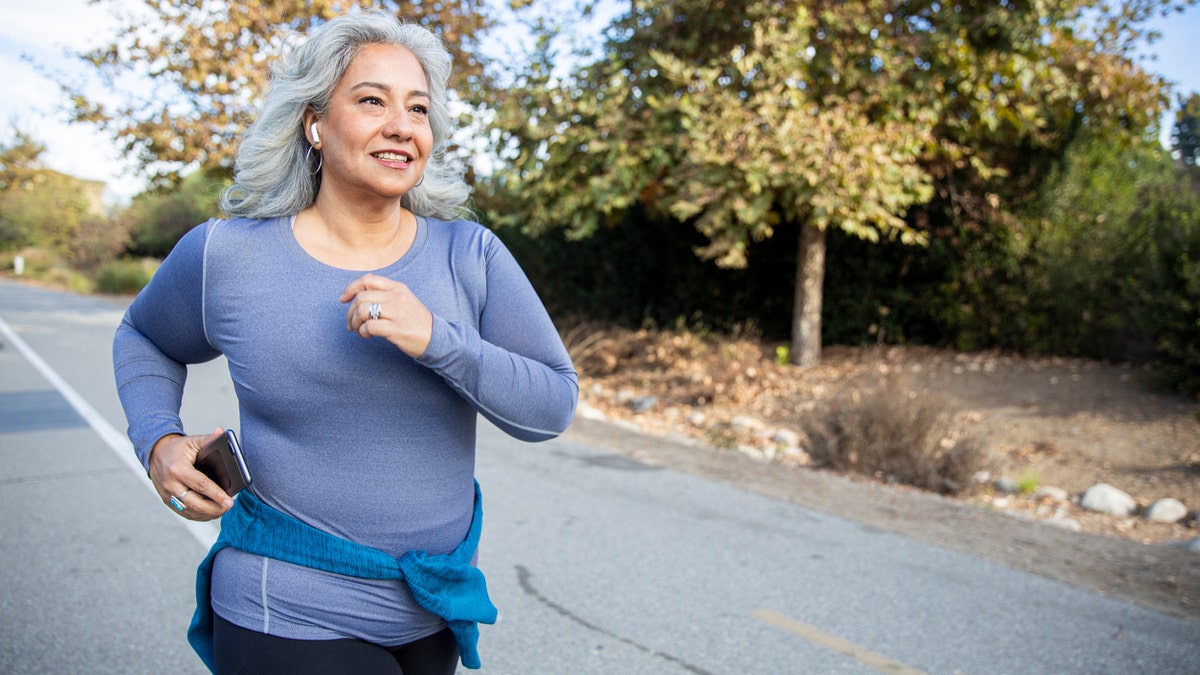Fox News Flash top headlines for October 12
Fox News Flash top headlines are here. Check out what's clicking on Foxnews.com.
High-intensity exercise does not appear to add to risk of mortality among older adults, a new study has found.
INTERMITTENT FASTING MAY CAUSE MUSCLE LOSS MORE THAN WEIGHT LOSS, STUDY SAYS
The research, which was published in The BMJ medical journal on Wednesday, found that HIIT (high-intensity interval training) and MICT (moderate-intensity continuous training) for those aged 70-77 showed no increase in the risk of mortality compared to recommended daily activity.
FITNESS INFLUENCER SHOWS HOW 'BEFORE AND AFTER' PHOTOS ARE MANIPULATED
”This study suggests that combined MICT and HIIT has no effect on all-cause mortality compared with recommended physical activity levels,” the study authors from the Norwegian University of Science and Technology in Norway, Newsgram reported.

Participants were splits into a control group, HIIT group and MICT group. (iStock)
GYM-GOER IN TENNESSEE OPENS UP AFTER EMPLOYEE THREATENED TO KICK HER OUT FOR WEARING A SPORTS BRA
The research followed a group of 1,567 men and women – 790 women and 777 men – in Norway over the course of five years.
The participants were put into a control group of 780 that followed Norwegian guidelines for physical activity, which state 30 minutes of moderate physical activity five times a week, MICT group of 387 and a HIIT group of 400. The HIIT group did two weekly high-intensity workout sessions, while the MICT did two moderate-intensity 50 minute workout sessions a week.
At the end of the five year study, the mortality rate for the combined HIIT and MICT group was 4.5%, nearly half the expected outcome of 10%, which is based on the 2% yearly mortality rate for people aged 70-75 according to Norway’s statistics. This supports the researchers expectations from “observational studies [that] have shown that older adults who are physically active have a higher health related quality of life than those who are less physically active,” the report read.
The mortality rate for the two groups compared to the control group, which was 4.7%, suggested no large difference in mortality rate among the exercise styles.
CLICK HERE TO SIGN UP FOR OUR LIFESTYLE NEWSLETTER
Though researchers noted before the study 87.5% of participants reported “overall good health,” thus suggesting a possible selection bias that could have influenced results.



